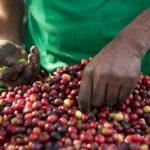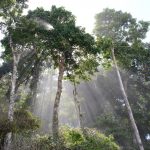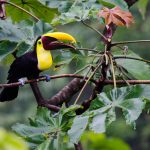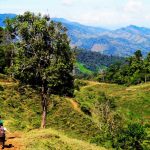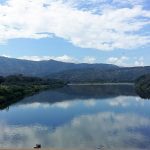
 About Costa Rica
About Costa Rica
Surrounded by a stable political environment and a culture of peace, Costa Rica is an example of longstanding social mobility through education efforts.
Its natural and multicultural wealth are hard to find in other parts of the world. Added to its strategic location within Central America, Costa Rica is the ideal place to internalize the social and environmental determinants of health, including the main drivers of development. Students can apply their knowledge and skills to assess how the environment impacts human health in three, diverse ecosystems in the country–the city, the rainforest near the Panama border, and the coast.
Costa Rica is located in Central America and is bordered by Nicaragua and Panama. Its total territory is comparable in size to West Virginia. It has approximately 5 million inhabitants, of which 52% live in the Central Valley.
The Southern region and San Vito are some of the poorest areas of Costa Rica. But the region also has natural cultural diversity that is difficult to find elsewhere.
In the Osa Peninsula, the communities have been widely affected both in their social organization and their health due to the development of various agricultural activities and ineffective development policies. This makes it an ideal place to understand how health is affected by economic, political, social and cultural factors. Additionally, the region is where many institutions are placed, such as governmental and non-governmental organizations, both national and international converge.
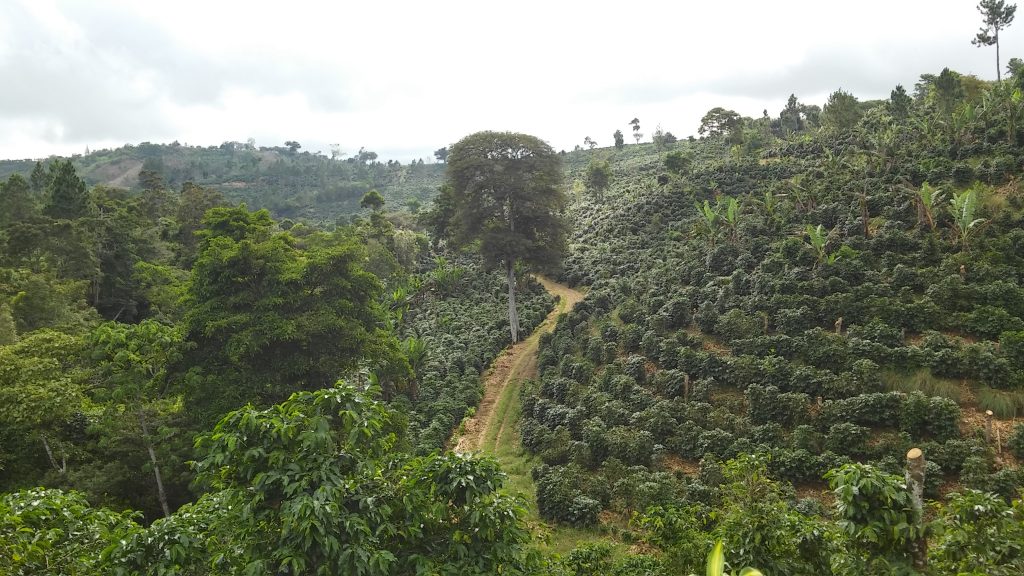
Biodiversity and Economy
Costa Rica is proudly the host of 5% of global biodiversity and approximately 25% of the territory is in protected areas. Its richness in species of flora and fauna and its geographic characteristics provide a variety of ecosystems turn the country in a very special hub for research on environmental health.
Its devotion to social services has resulted in a high standard of living. Yet it struggles to meet the needs of some vulnerable populations, such as migrants and indigenous communities. In 1994, Costa Rica adopted Sustainable Development as an official policy. Since then, the country has made impressive advances in protected area management and environmental regulation.
Costa Rica ranks one of the best economies in Latin America and the Caribbean. Although agricultural products, including pineapple, bananas, sugar, coffee, and palm oil are an important part of its economy, eco-tourism now generates more money than any of the main agricultural export products.

Weather and Climate
In San Vito, the typical weather is mildly hot and humid during the day and cooler and breezy at night, with moderate temperatures ranging from 60 to 80°F. The altitude is 1,000 meters above sea level, with annual precipitation of approximately 1390 inches. However, you will be travelling during the field trips to different parts of the country, including San Jose and Osa Peninsula. So plan for hot weather generally but it can be cool at night. The rainy season is May-Nov so it will likely rain every day in the afternoons.
Food
The food is fresh and healthy. See some examples of our meals below.
Watch this video from students who participated in this course in 2018!
